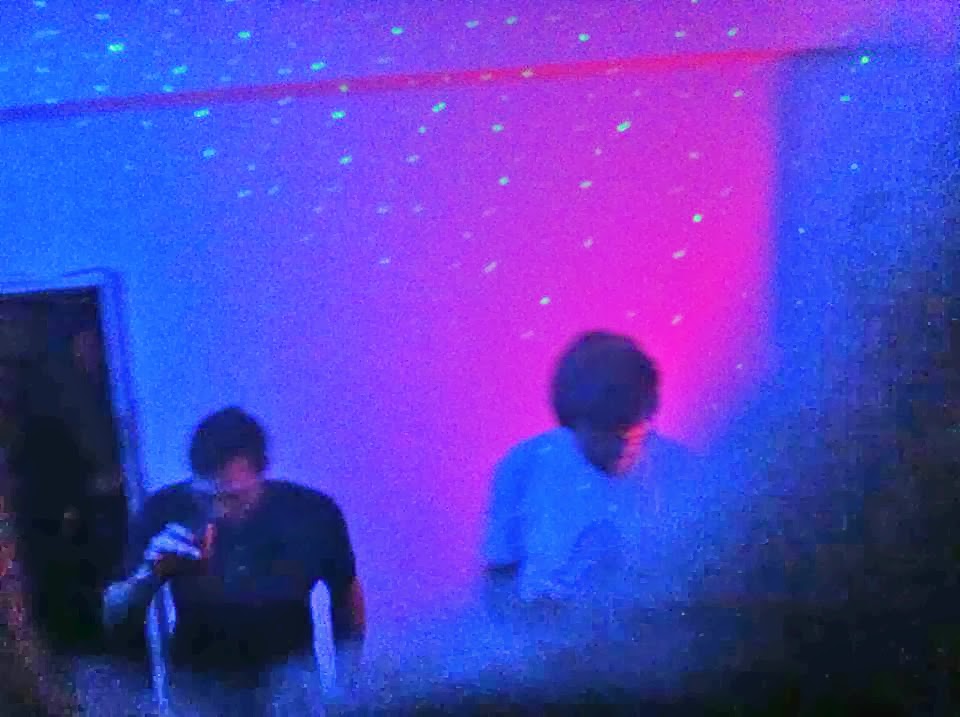In den Siebzigerjahren entstand in den USA eine neue Subkultur: Disco. Ihre Wurzeln liegen in der schwarzamerikanischen Funk- und Soulmusik – und in den Queer-Szenen von Städten wie New York oder Chicago. Bei vielen von uns ist das bekannt, ein vertrauter Bezugspunkt für das Verständnis auch von House und Techno.
Blicken wir über unseren begrenzten Horizont hinaus, sehen wir diese Vorreiterrolle der Queer-Szene erschüttert. Der Musikwissenschaftler und Autor Luis-Manuel García schreibt in einem Feature auf Resident Advisor:
“We’re currently experiencing a total mainstreaming of dance music in America,” he says. “Many of these newcomers are straight/white kids who are very far removed from the LGBT community, despite fist-pumping by the millions to a music that was born from gay people of color sweating their asses off at 5 AM in a Chicago warehouse. It’s easy for us to dismiss this as a corruption of the music we hold so dear by charlatans and assholes, but many of the newcomers will be drawn into the music for life, and I think it’s important that we highlight the role that the gay community played and that we educate new fans of dance music to the ideals of community, equality and diversity that were so crucial to dance music’s DNA from the beginning.”
In der Folge arbeitet García heraus, wie sich die elektronische Tanzmusik, wie wir wie heute kennen, aus dem schwullesbischen Untergrund in Städten wie New York, Chicago, aber auch Paris oder Johannesburg ableitet. Er behandelt das Phänomen der Drag Balls und Circuit Partys und geht auf das Projekt “Promote Diversity” ein, das aus einer Idee des Berliner Clubs Berghain entstanden ist.
Garcías Feature ist informativ, klärt auf und bietet einen kritischen Blick auf die Entwicklungen der Tanzmusik in den USA, Stichwort EDM. Must read!
Luis-Manuel García: An alternate history of sexuality in club culture

